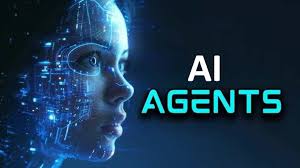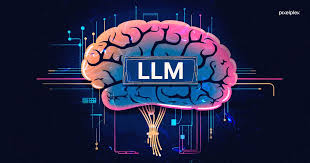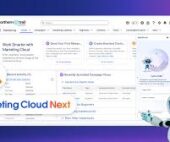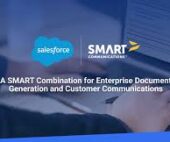Why AI Won’t Kill SaaS
Why AI Won’t Kill SaaS (Yet) – The Missing Link in Enterprise Intelligence The rise of generative AI has sparked speculation about the demise of SaaS—but the reality is more nuanced. While AI holds transformative potential, today’s enterprise software vendors still play a critical role: providing the structured context that AI lacks. The AI Accuracy Problem: Plausible vs. Precise Generative AI excels at producing human-like responses, but its probabilistic nature makes it unreliable for mission-critical enterprise tasks. Whether validating financial transactions, ensuring compliance, or executing safety protocols, businesses need deterministic accuracy—not just statistically likely answers. Why SaaS Isn’t Going Anywhere (For Now) AI won’t replace SaaS because raw data is meaningless without context. Just as Google’s PageRank used web links to rank authoritative sources, enterprise software provides the structured frameworks that make AI useful in business. How SaaS Vendors Are Bridging the Gap Leading enterprise platforms are codifying decades of institutional knowledge into AI-ready systems: As Rahul Auradkar (EVP, Salesforce) explains: “The intelligence of LLMs is just one piece. The real value comes from feeding them the right data, driving automations, and contextualizing insights—something SaaS platforms already do.” The Future: AI Absorbs SaaS Knowledge (Then Renders It Obsolete?) Today, AI relies on SaaS for grounding and governance. But what happens when LLMs develop their own “world models” of business? The Bottom Line AI won’t kill SaaS—it will consume it. Enterprise software’s structured knowledge is the training data for tomorrow’s autonomous agents. Once AI internalizes these systems, the need for traditional SaaS may fade. But for now, SaaS isn’t just surviving—it’s enabling AI’s evolution. The Takeaway: The real disruption isn’t AI replacing SaaS—it’s AI learning from it until it no longer needs to. Like Related Posts Salesforce OEM AppExchange Expanding its reach beyond CRM, Salesforce.com has launched a new service called AppExchange OEM Edition, aimed at non-CRM service providers. Read more The Salesforce Story In Marc Benioff’s own words How did salesforce.com grow from a start up in a rented apartment into the world’s Read more Salesforce Jigsaw Salesforce.com, a prominent figure in cloud computing, has finalized a deal to acquire Jigsaw, a wiki-style business contact database, for Read more Service Cloud with AI-Driven Intelligence Salesforce Enhances Service Cloud with AI-Driven Intelligence Engine Data science and analytics are rapidly becoming standard features in enterprise applications, Read more











